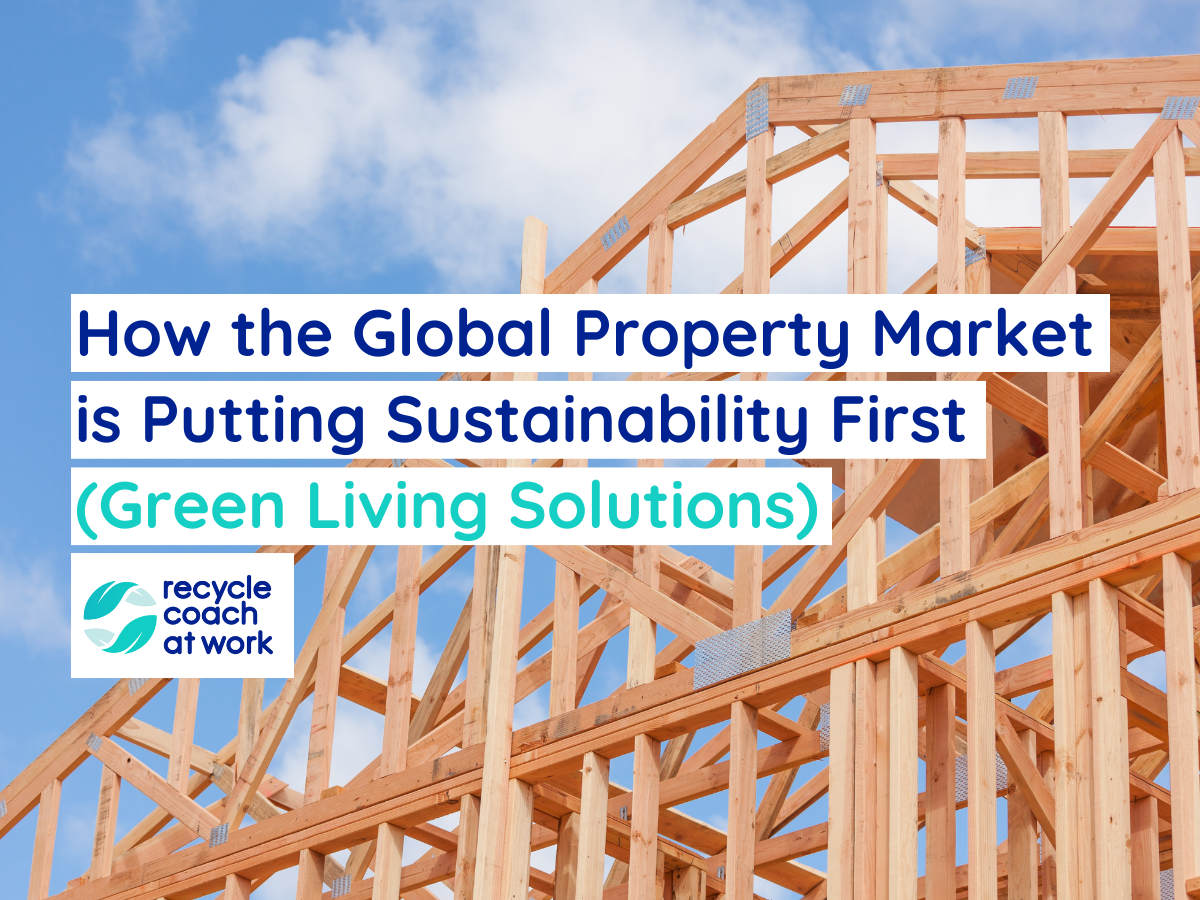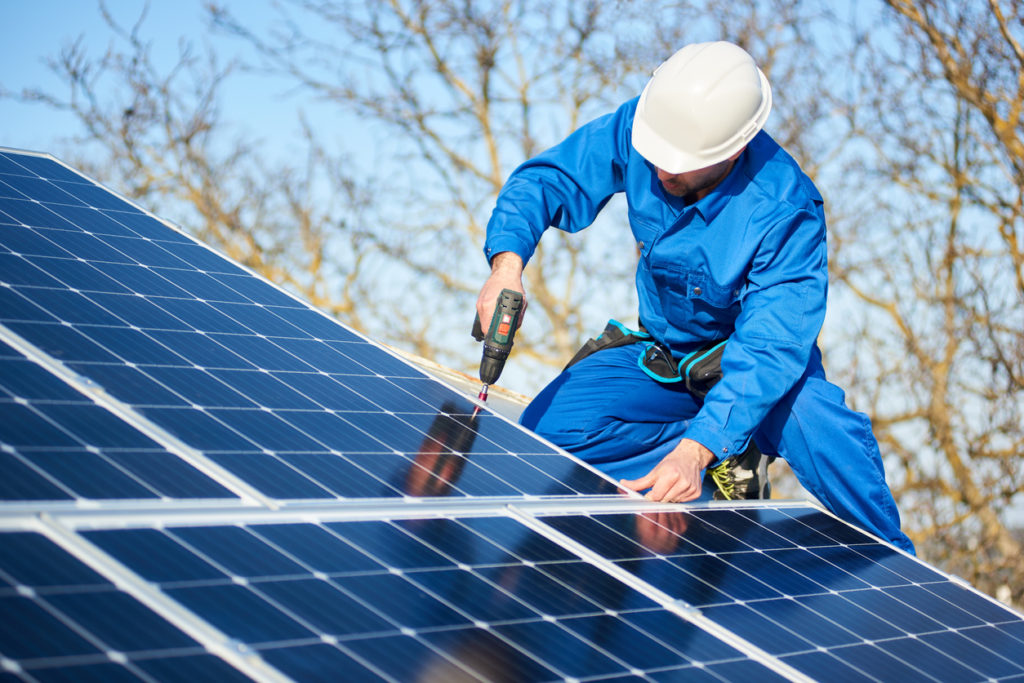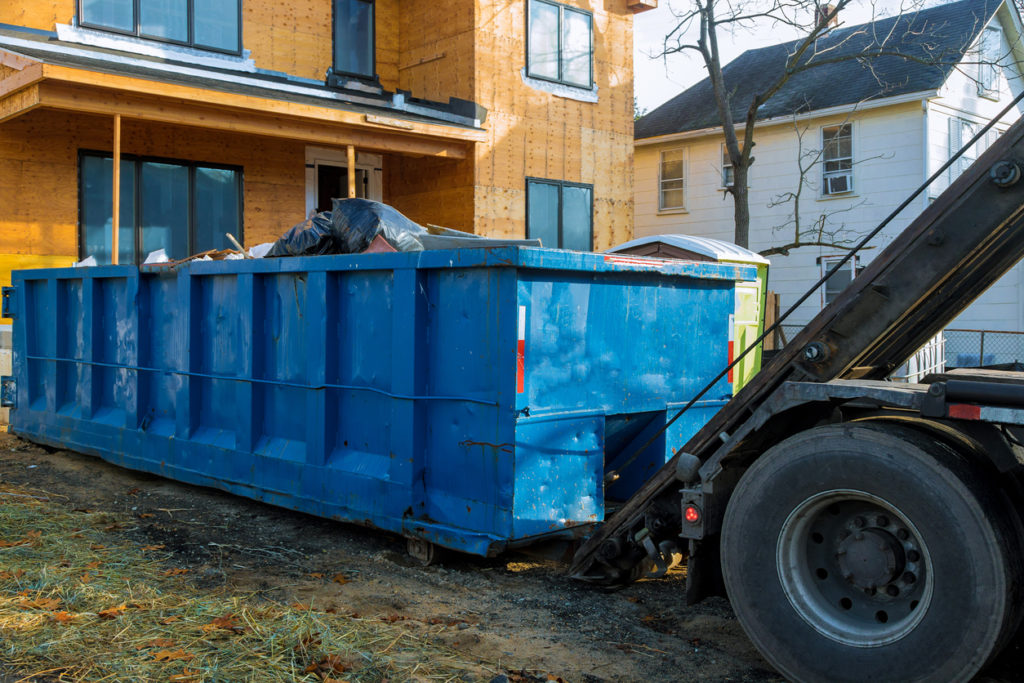How the Global Property Market is Putting Sustainability First (Green Living Solutions)

The property market is a competitive space and staying on top of trends is a challenge. But while sustainability might have been deemed a trend a few years ago, now it’s an essential factor that the industry needs to take note of. As this space evolves and transforms, sustainability continues to take on increasing importance across the world.
Here are a few of the ways that the property market is prioritizing sustainability for a greener future.
PropTech facilitates informed decisions

Property tech, or proptech, is one of the ways that businesses are able to weigh in on the energy performance of buildings and manage efficiency for residential and commercial buildings.
The data supplied by this type of technology is instrumental in helping us make more informed decisions when it comes to our carbon footprint and helps to reduce the impact properties can have on the environment.
Using integrated systems to control the likes of heating, lighting or blinds, proptech can track energy consumption and monitor electricity, water usage and heating expenditures so better choices can be made.
If sensors show increases in carbon emissions, residents and owners can make the necessary changes to reduce these emissions, creating more climate-aware individuals and more sustainable properties.
Greener finance options

Energy efficiency improvements for properties account for a fifth of carbon emissions. Eco mortgages are one solution that helps get around the issue of funding a more sustainable build. “Many carbon-conscious buyers now want to live in a property with environmentally friendly materials such as timber, recycled plastics or insulated panels”, explains Pete Mugleston from Online Mortgage Advisor. In the years to come, more buyers will be seeking ways to fund greener purchases, and the market is starting to reflect that.
Renewable solutions built-in

Part of the property sector’s initiatives to challenge carbon emissions is to build the solutions into plans before they’re constructed. This enables property companies to embrace sustainability from the start of a project by implementing renewable energy systems such as solar panels and encouraging biodiversity through green spaces in designs.
Solar panels – property companies that are looking to address the challenges around carbon emissions early on in the construction process can utilize environmental technology such as solar panels. With innovation and efficiency continuing to improve within this space, the cost of construction for companies and the benefits of cheaper bills for homeowners make solar energy a sustainable option to help reduce carbon emissions and greenhouse gasses. Homeowners can reduce carbon emissions by 1.3 to 1.6 tonnes per year by using solar panels to generate electricity for their homes.
Insulation – a simple change such as insulating the walls of a building can reduce carbon emissions by around 1100kg per year for a detached property. This can also bring utility costs down and reduce maintenance costs caused by mold and dampness.
Using recycled resources – reports show that the global construction industry is on track to produce 2.2 billion tons of construction waste by 2025. Construction companies can benefit from repurposing materials to help combat the negative impact of sourcing new materials and save time and costs when investing in onsite recycling facilities. Some of the most common materials that can be recycled on-site include timber, concrete, metal, asphalt, gypsum, and plastics. These can often be sourced from windows and doors, appliances, fixtures and landscape waste. Being Green Building Certified can help attract new business as the demand for eco-conscious construction continues to be an important focus for homebuyers.
Regulators are encouraging sustainability

Industry bodies are taking a more active role in cultivating a sustainable future by putting pressure on leaders to force the hand of those not willing to act. In the US, a recent report from The United Nations Environment Programme Finance Initiative states that, “Governments, investors, and the public have become increasingly committed to reaching net-zero emissions by 2050.” Across the pond in the UK, British Property Federation is urging developers to adopt zero carbon building standards. They are also educating them on how to assess climate risk during decision making, to promote circular design and environmentally friendly building processes.
The property industry understands it’s vital that key collaborators in the sector, such as people in finance, have the knowledge required to support their customers and help people make better decisions.
Regulators and funders are vital to the process of providing education and awareness of sustainable options to buyers.
Finding ways to reduce waste

The construction industry produces vast amounts of waste. New build constructions require a continual stream of new materials, which brings with it a large waste load. That waste load needs to be disposed of correctly in order to avoid ending up in landfill.
One of the ways the property sector is tackling this issue with new properties is to look at reducing waste over a building’s life cycle by creating tools and certifications that are specific to construction, demolition and operations waste. Creating flexible buildings that are adaptable makes it possible for these materials to be less damaging to the environment and helps to combat the issue of property waste.
Final thoughts
The property sector in North America can prioritize sustainability in numerous ways. As the discussions about the environment become even more widespread, buyers and lenders will have little choice but to make changes to accommodate.
Already, there’s evidence to suggest that buyers and investors are keen to pay more for sustainable features. As younger generations enter the market, this will become the norm.
Author Bio
Daniel Groves has a background in Business Economics and is passionate about the growth of sustainable businesses. Daniel has collaborated with many online publications to further develop his knowledge and share his experience with like-minded eco-conscious entrepreneurs, business owners, and growth strategists. Connect with Daniel on LinkedIn.
1 Comment
Comments are closed.
Nomvelo
February 21, 2023 at 5:45 pmIndustries body are taking more active role in cultivating a sustainable future by putting pressure on leaders n I like that